When we think of long-lived animals, species like elephants or tortoises may come to mind. However, there are many creatures across the globe with lifespans far exceeding those of humans, often living in remote or extreme environments. Here’s a look at 10 animals that can live the longest.
The Ocean Quahog
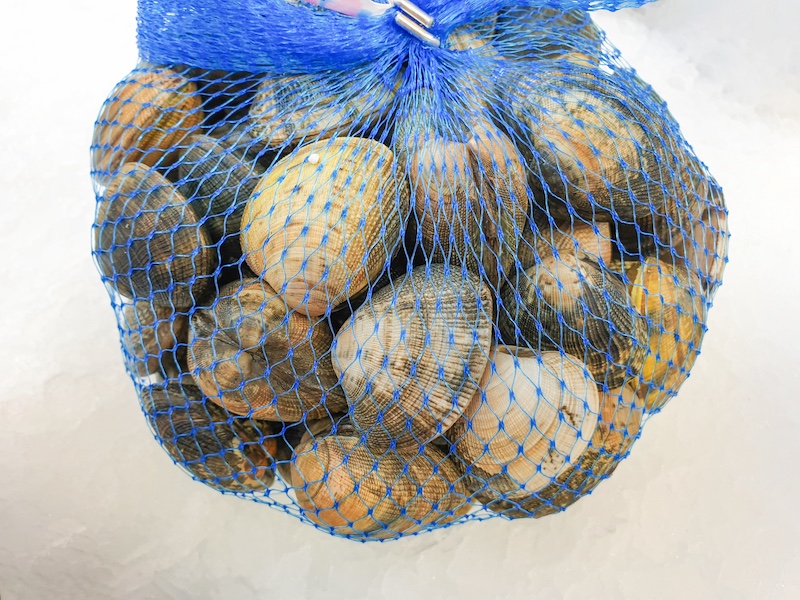
The ocean quahog is a type of clam that can live for over 500 years. These bivalves, which thrive in cold waters, have the ability to slow down their metabolism, contributing to their impressive longevity. The oldest known specimen, nicknamed “Ming,” was 507 years old when it was discovered.
The Greenland Shark
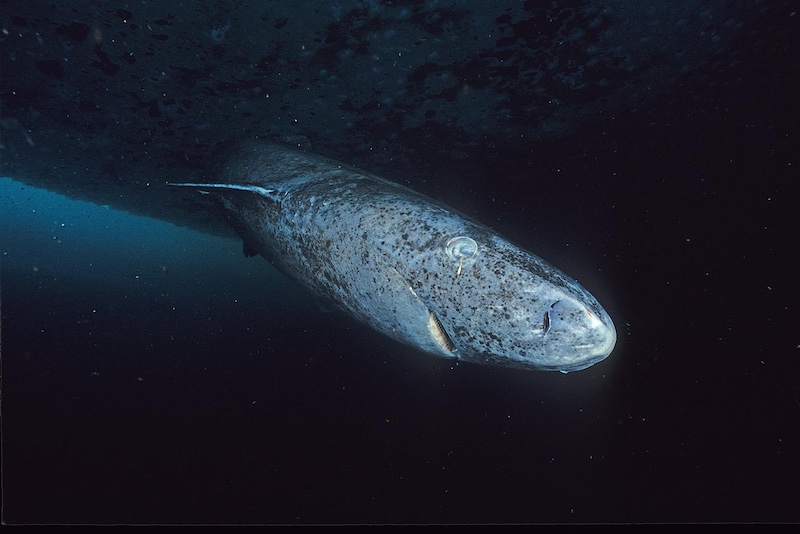
One of the longest-living vertebrates, the Greenland shark can live for up to 400 years. Found in the cold, deep waters of the North Atlantic, these sharks grow very slowly and don’t reach maturity until around 150 years of age. Their slow metabolism is believed to play a key role in their extraordinary lifespan.
Bowhead Whale
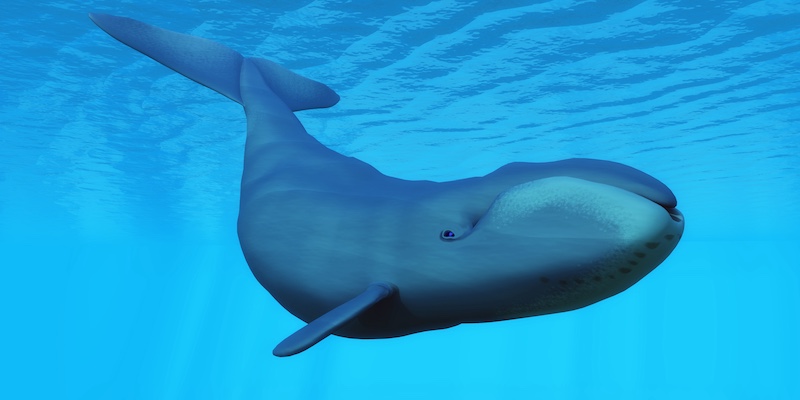
Bowhead whales, native to Arctic and sub-Arctic waters, can live over 200 years. These massive creatures have genetic adaptations that protect them from the effects of aging, allowing them to maintain long lifespans and avoid age-related diseases.
Giant Tortoise
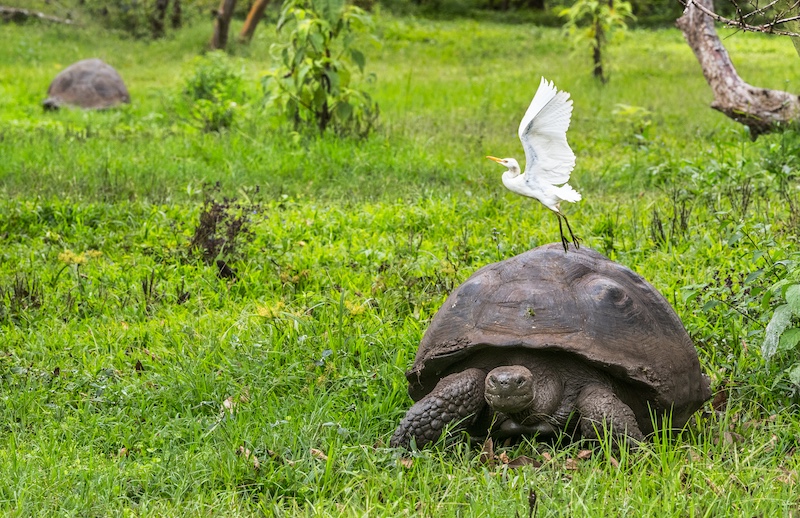
Giant tortoises, especially those from the Galápagos Islands, are known for their incredibly long lives. Many live well over 100 years, and some individuals have been recorded living more than 150 years in captivity. One famous giant tortoise named Jonathan is believed to be around 190 years old.
The Red Sea Urchin
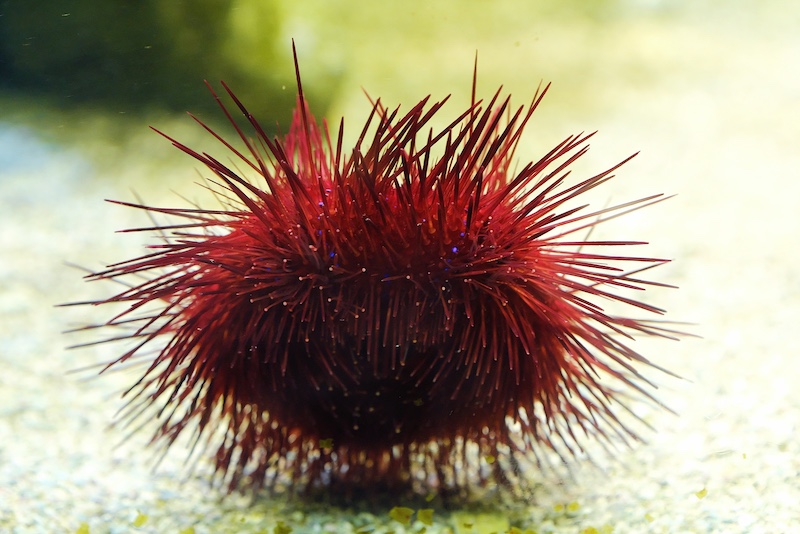
Red sea urchins, found along the west coast of North America, can live for over 200 years. These creatures have incredible regenerative abilities and slow metabolisms, which help them survive and thrive in their environment for such long periods.
Koi Fish
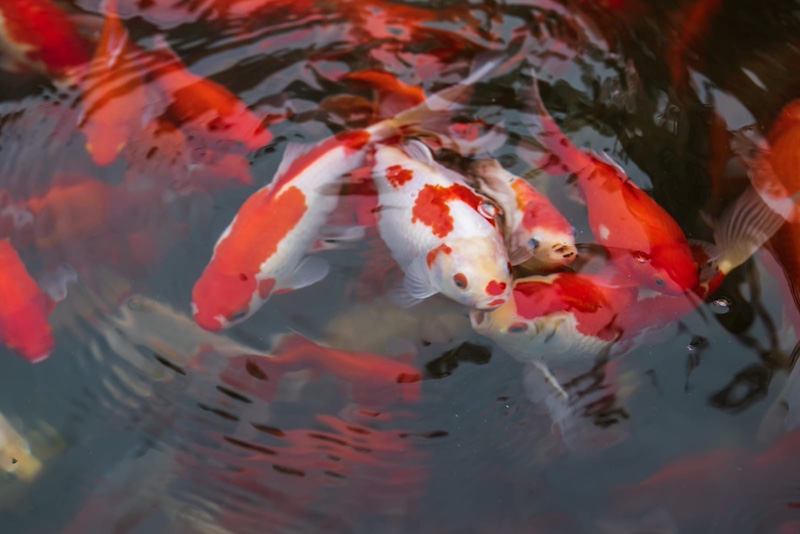
Koi fish are often seen as symbols of longevity, and it’s not uncommon for them to live over 200 years. One famous koi, Hanako, was believed to be 226 years old. Koi often live long lives due to their peaceful environments and careful care by humans.
The Tuatara
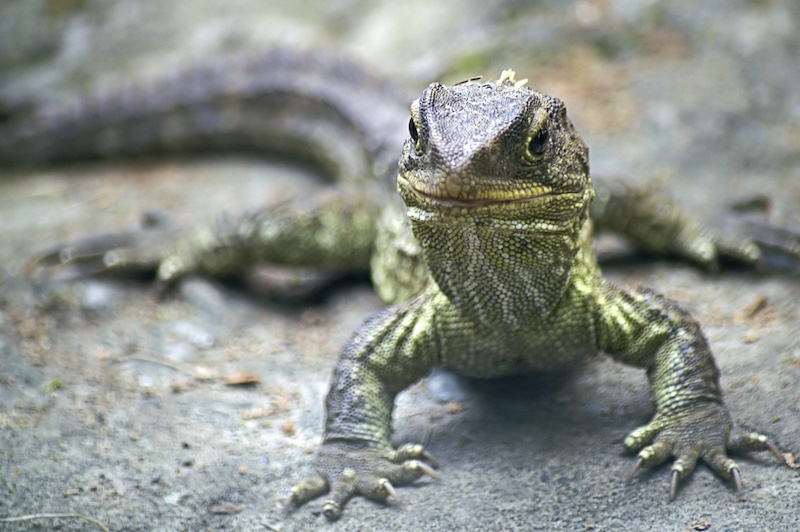
Tuatara, a reptile native to New Zealand, can live well over 100 years. These ancient reptiles have remained largely unchanged for millions of years, and their slow aging process allows them to thrive in cooler climates and live exceptionally long lives.
The Macaw
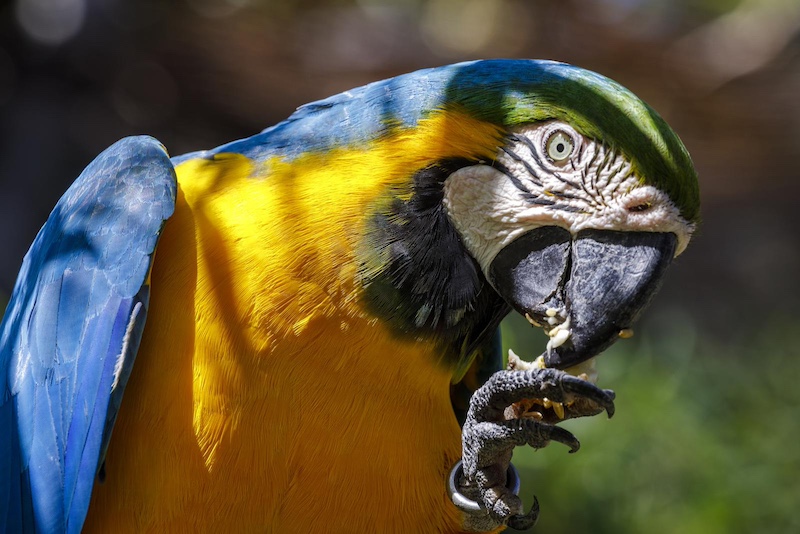
Macaws, known for their vibrant plumage and intelligence, are some of the longest-living birds, with lifespans reaching up to 80 to 100 years in captivity. These large parrots are native to Central and South America, and their long lives are supported by their strong social bonds and careful care when kept as pets. With proper nutrition and a healthy environment, macaws can often outlive their human caregivers.
Aldabra Giant Tortoise
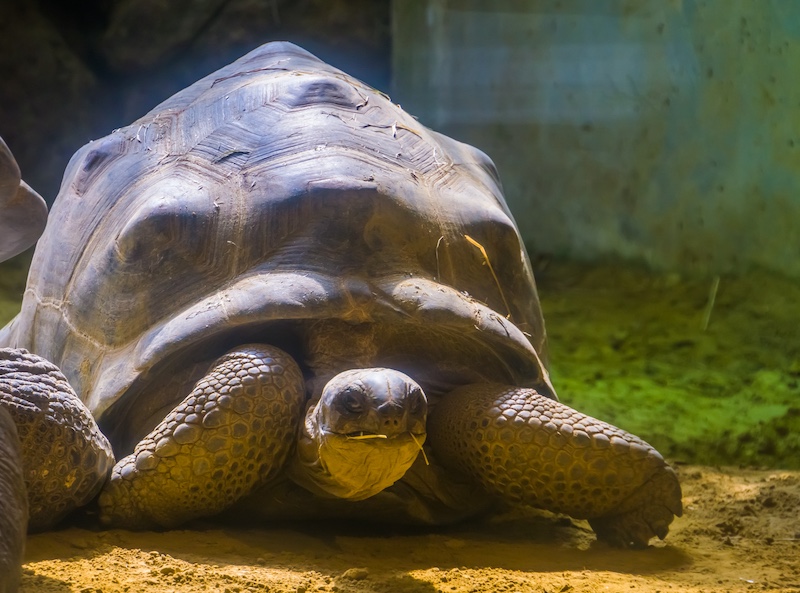
Aldabra giant tortoises, native to the Aldabra Atoll in the Indian Ocean, are known for their long lifespans, often exceeding 150 years. Like other giant tortoises, they grow slowly and live relaxed, peaceful lives, which helps them reach such advanced ages.
The European Eel
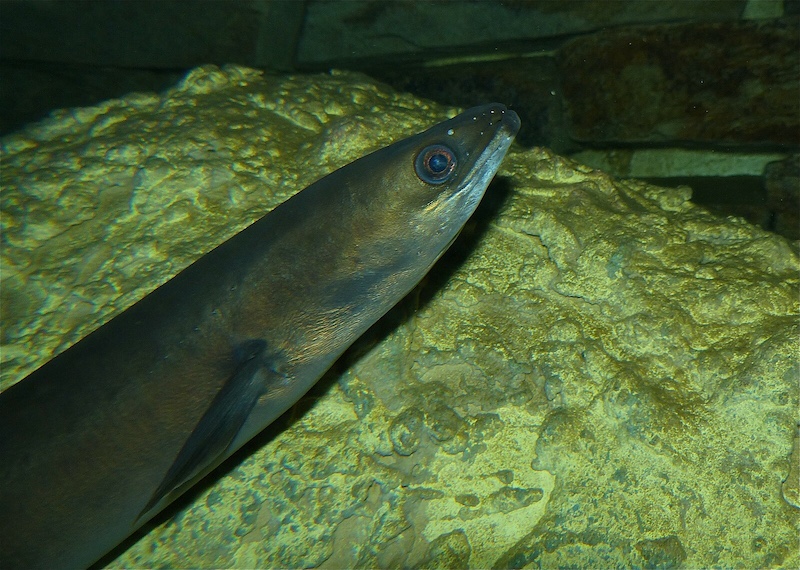
The European eel is another animal with a remarkable lifespan, living up to 85 years. These eels have a fascinating life cycle, starting as larvae in the Sargasso Sea before migrating thousands of miles to European rivers, where they can live for decades before returning to the sea to spawn. Some eels in captivity have been known to live even longer, with one recorded living up to 88 years! Please Note: This content was created with the assistance of AI and thoroughly edited by a human before publishing.

